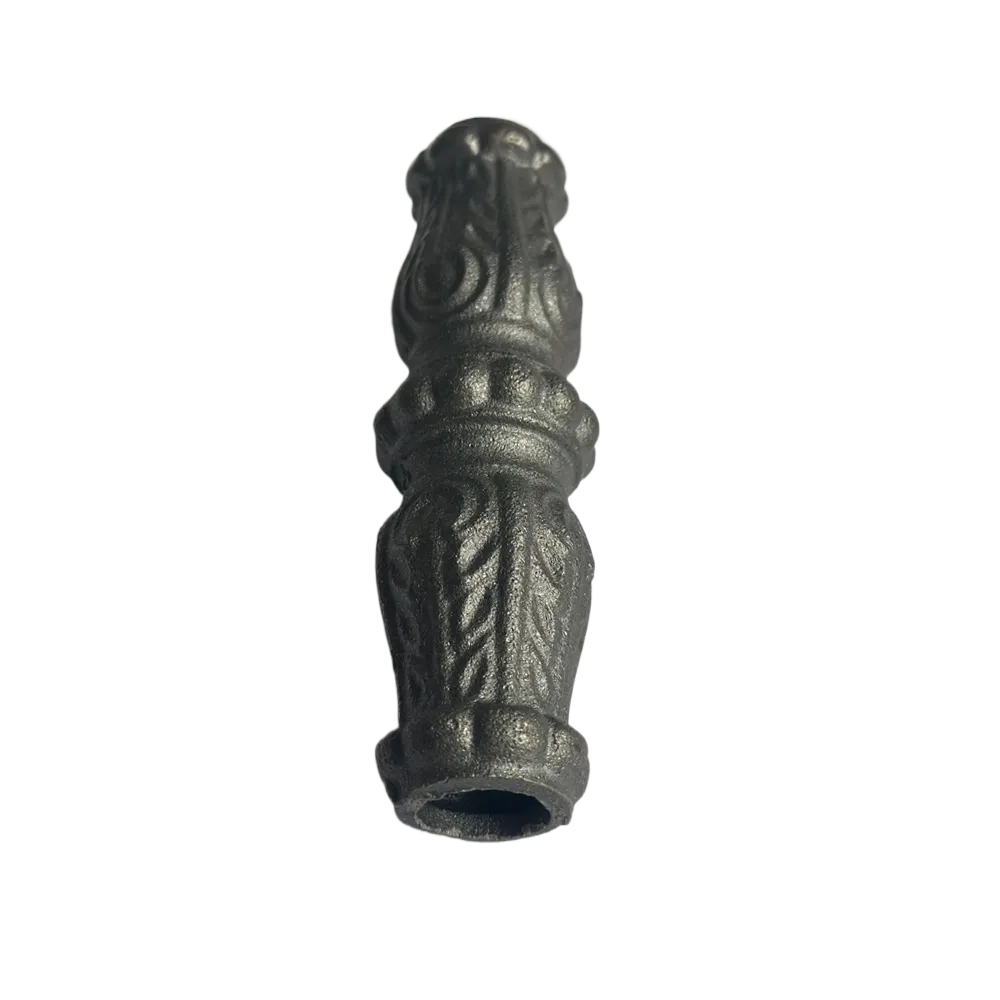Exploring the Beauty and Durability of Cast Iron Ornamental Castings in Design
The Beauty and Durability of Cast Iron Ornamental Castings
Cast iron ornamental castings have been a hallmark of architectural and artistic expression for centuries. Known for their durability and versatile design possibilities, these castings have adorned countless structures, both functional and decorative, from bridges and railings to gates and garden furniture. This article explores the unique characteristics of cast iron, its historical significance, and its modern applications in ornamental design.
Historically, the use of cast iron can be traced back to ancient times, but it gained significant popularity during the Industrial Revolution in the 18th and 19th centuries. This period marked a turning point, as advancements in casting techniques allowed for mass production of intricately designed iron components. Cast iron became a favored material for artists and architects, as it enabled them to create elaborate designs that showcased their craftsmanship and imagination. Ornamental castings, such as intricate balusters, decorative grilles, and elegant lamp posts, became symbols of sophistication in urban environments.
One of the defining features of cast iron is its ability to withstand the test of time. Unlike many other materials, cast iron is incredibly durable and resistant to various weather conditions, making it ideal for outdoor applications. This inherent resilience ensures that ornamental castings maintain their aesthetic appeal and structural integrity for generations. Furthermore, the natural patina that develops on cast iron over time adds character and charm, enhancing the beauty of the piece as it ages.
cast iron ornamental castings

The versatility of cast iron ornamental castings is another reason for their enduring popularity. Cast iron can be molded into virtually any shape or design, allowing for a wide range of artistic expressions. From classical motifs inspired by architectural styles of the past to contemporary designs that reflect modern aesthetics, the possibilities are limitless. Artists and designers can incorporate intricate details, such as floral patterns, geometric shapes, and even mythological figures, making each piece unique.
In contemporary settings, cast iron ornamental castings are enjoying a revival as homeowners and businesses seek to add distinctive features to their landscapes. Garden gates, railings, benches, and light fixtures crafted from cast iron bring a timeless elegance to properties, enhancing both their value and curb appeal. Furthermore, these castings can be finished in various colors and textures, allowing for customization that suits individual tastes and design preferences.
The sustainability of cast iron is also noteworthy. As a recyclable material, it contributes to environmentally friendly practices. Old cast iron pieces can be melted down and reformed into new items, minimizing waste and reducing the demand for raw materials. This characteristic resonates with today's eco-conscious consumers, making cast iron a responsible choice for ornamental castings.
In conclusion, cast iron ornamental castings represent a fusion of art, history, and practicality. Their durability, versatility, and aesthetic appeal make them a favored choice for both historical restorations and modern architectural projects. As we continue to appreciate the artistry of cast iron, it’s clear that these timeless creations will remain a cherished part of our built environment for years to come. Whether gracing a grand entrance or embellishing a quaint garden, cast iron ornamental castings undeniably add a whisper of elegance and history to any setting.
-
Wrought Iron Components: Timeless Elegance and Structural StrengthNewsJul.28,2025
-
Window Hardware Essentials: Rollers, Handles, and Locking SolutionsNewsJul.28,2025
-
Small Agricultural Processing Machines: Corn Threshers, Cassava Chippers, Grain Peelers & Chaff CuttersNewsJul.28,2025
-
Sliding Rollers: Smooth, Silent, and Built to LastNewsJul.28,2025
-
Cast Iron Stoves: Timeless Heating with Modern EfficiencyNewsJul.28,2025
-
Cast Iron Pipe and Fitting: Durable, Fire-Resistant Solutions for Plumbing and DrainageNewsJul.28,2025
-
 Wrought Iron Components: Timeless Elegance and Structural StrengthJul-28-2025Wrought Iron Components: Timeless Elegance and Structural Strength
Wrought Iron Components: Timeless Elegance and Structural StrengthJul-28-2025Wrought Iron Components: Timeless Elegance and Structural Strength -
 Window Hardware Essentials: Rollers, Handles, and Locking SolutionsJul-28-2025Window Hardware Essentials: Rollers, Handles, and Locking Solutions
Window Hardware Essentials: Rollers, Handles, and Locking SolutionsJul-28-2025Window Hardware Essentials: Rollers, Handles, and Locking Solutions -
 Small Agricultural Processing Machines: Corn Threshers, Cassava Chippers, Grain Peelers & Chaff CuttersJul-28-2025Small Agricultural Processing Machines: Corn Threshers, Cassava Chippers, Grain Peelers & Chaff Cutters
Small Agricultural Processing Machines: Corn Threshers, Cassava Chippers, Grain Peelers & Chaff CuttersJul-28-2025Small Agricultural Processing Machines: Corn Threshers, Cassava Chippers, Grain Peelers & Chaff Cutters












